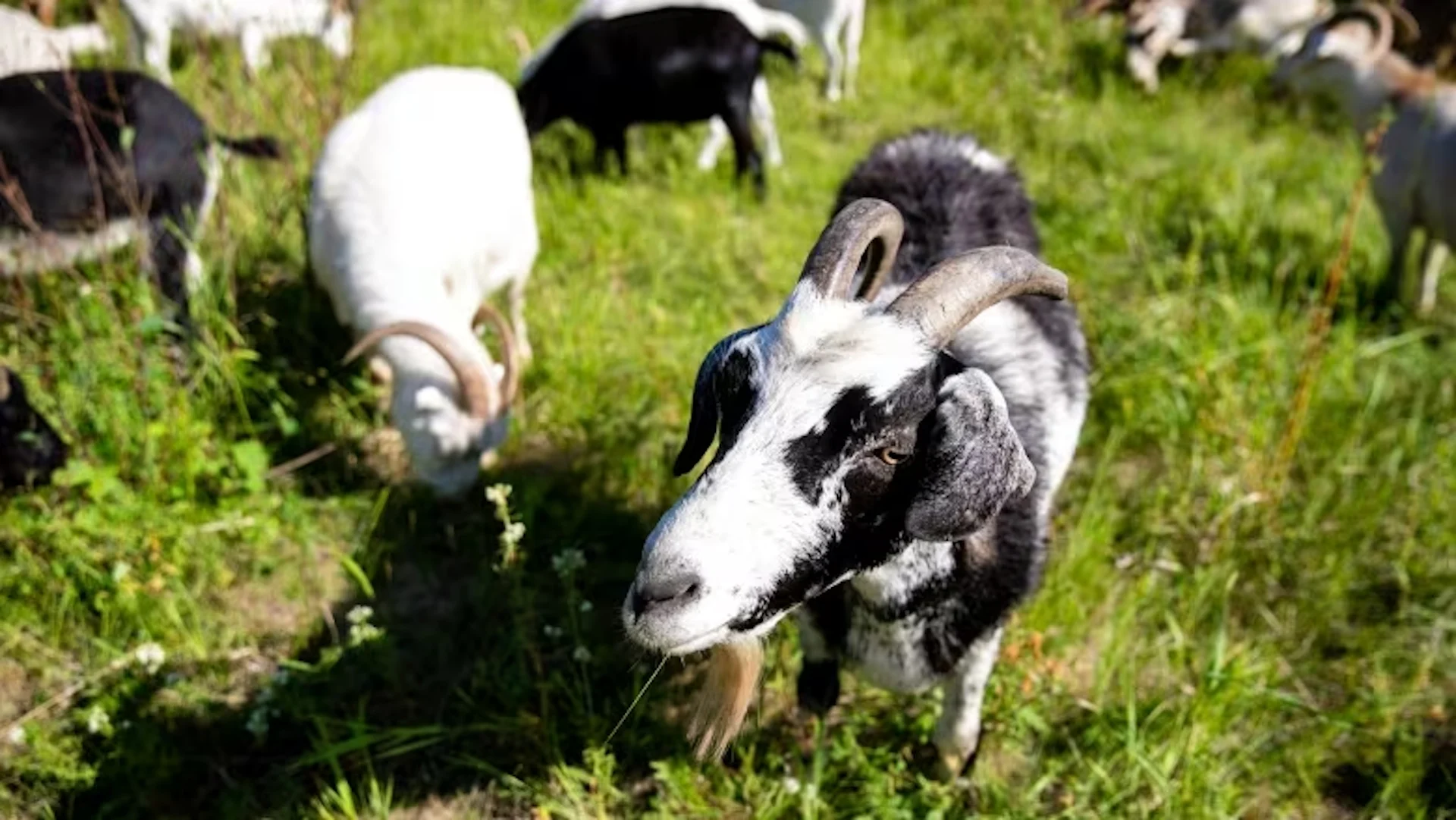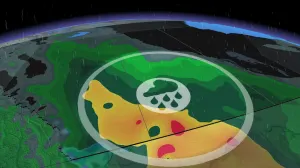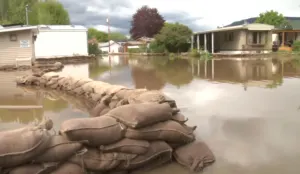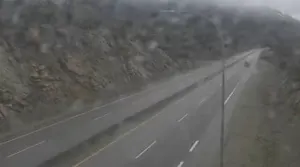
Quesnel, B.C., turns to goats to help curb wildfire risk
A municipality in central B.C. has been testing a unique way to help prevent wildfires, one that involves the help of some goats.
The City of Quesnel has enlisted the help of 132 cashmere goats to graze on vegetation in the Fire Management Trails area for about a month, until mid-July, to see how livestock might help mitigate fire hazards.
Visit The Weather Network's wildfire hub to keep up with the latest on the active start to wildfire season across Canada.
In 2021, the city opened the three-kilometre Fire Management Trails within the fuel management demonstration forest, adjacent to the Quesnel Airport, to educate residents about wildfire prevention.
The 31-hectare forest was categorized as a high-risk wildfire area when Quesnel established its community wildfire protection plan in 2019. The plan aimed to reduce the threat of wildfires by selectively removing trees and grass while ensuring the long-term health of the forests.
Erin Robinson, Quesnel's forestry initiatives manager, said it's the first time the city has involved the goats, which are from the Vahana Nature Rehabilitation in Kimberley, about 585 kilometres to the southeast.
MUST SEE: We know the human costs of wildfires, but what about our wildlife?
The animals are primarily employed for brushing, or grazing on invasive species — and reducing the amount of potential fuel for wildfire.
Robinson said the decision to use goats was motivated by the desire to control wildfire risks in an environmentally friendly manner, instead of using herbicides.
"The wonderful thing about the goats is they merrily munch away and then they fertilize as they go," she told Bill Fee, guest host of CBC's Daybreak North.
"They're really contributing to the ecosystem rather than just removing stuff and modifying it."
Robinson added the goats, when working together, can clear nearly one hectare of vegetation per day.
'Quite a vacation for the goats'
According to Vahana, B.C.'s Ministry of Forests together with several municipalities including Kimberley, Merritt, Fernie, and Calgary, and First Nations communities such as the Ktunaxa Nation, have over the last six years used cashmere goats for brushing and fuel management.
Cailey Chase, operator at Vahana, said their goats have enjoyed working in Quesnel, serving as an adorable way to educate the public about the importance of fuel management in their own backyard.
"They are getting to eat a big variety of vegetation [in Quesnel]," Chase said. "It's really quite a vacation for the goats."

Cailey Chase, the operator of Vahana Nature Rehabilitation, says her goats have enjoyed eating the diversity of vegetation in Quesnel's Fuel Management Trails. (City of Quesnel)
DON'T MISS: California finds an unexpected animal ally to combat wildfires
The City of Quesnel said it plans to continue hiring Vahana's goats next year. In the meantime, they say they hope residents will consider raising goats and other livestock to help graze vegetation and assist in wildfire control efforts.
If livestock isn't an option for keeping a property clear of fire fuels, the province's FireSmart program, which educates homeowners on how they can make their yards and properties wildfire resilient, recommends the following:
Regularly mow and water grass within 10 metres around your home and other structures.
Prune evergreen tree branches two metres from the ground if they are within 30 metres of your home.
Remove all combustible materials (twigs, dry grass, logs and leaves) within 10 metres of your home.
Do not use bark or pine needle mulch around your home as they are highly flammable.
This article, written by Winston Szeto, was originally published by CBC News on July 2, 2023. It contains files from Daybreak North.









